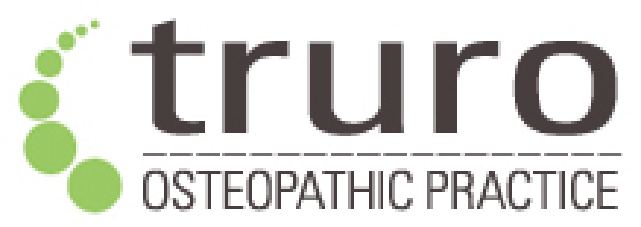What is Osteopathy?
Osteopathy is a health care profession that has been in existence for 140 years. It is commonly associated with the treatment of back problems, but is actually concerned with the treatment of a much broader range of problems.
There are over 5000 osteopaths in the UK and they are all registered with the General Osteopathic Council (GOsC). In 1993, osteopathy became the first major complementary health care profession to be accorded statutory recognition under the 1993 Osteopaths Act. This has culminated in the opening of the statutory register of osteopaths by the GOsC in May 1998.
Only those practitioners able to show that they have been in safe and competent practice of osteopathy are allowed onto the register and all osteopaths are trained to the same high rigorous standards. All osteopaths have medical malpractice insurance and follow a strict code of conduct. Patients have the same safeguards as when currently they consult a doctor or dentist.
What to expect?
When you visit an osteopath for the first time, a full case history will be taken and you will be given an examination. You will normally be asked to remove some of your clothing and to perform a simple series of movements. The osteopath will then use a highly developed sense of touch, called palpation, to identify any points of weakness or excessive strain throughout the body. The osteopath may need additional investigations such as X-ray or blood tests. This will allow a full diagnosis and suitable treatment plan to be developed with you.
Osteopathy is patient centred, which means the treatment is geared to you as an individual. One benefit of having an osteopathic evaluation is the osteopath will attempt to identify the underlying cause of the problem. It may be something quite simple like poor posture, but whatever it is, with appropriate treatment and advice the patient is (a) likely to make a quicker recovery and (b) is less likely to get a recurrence.
